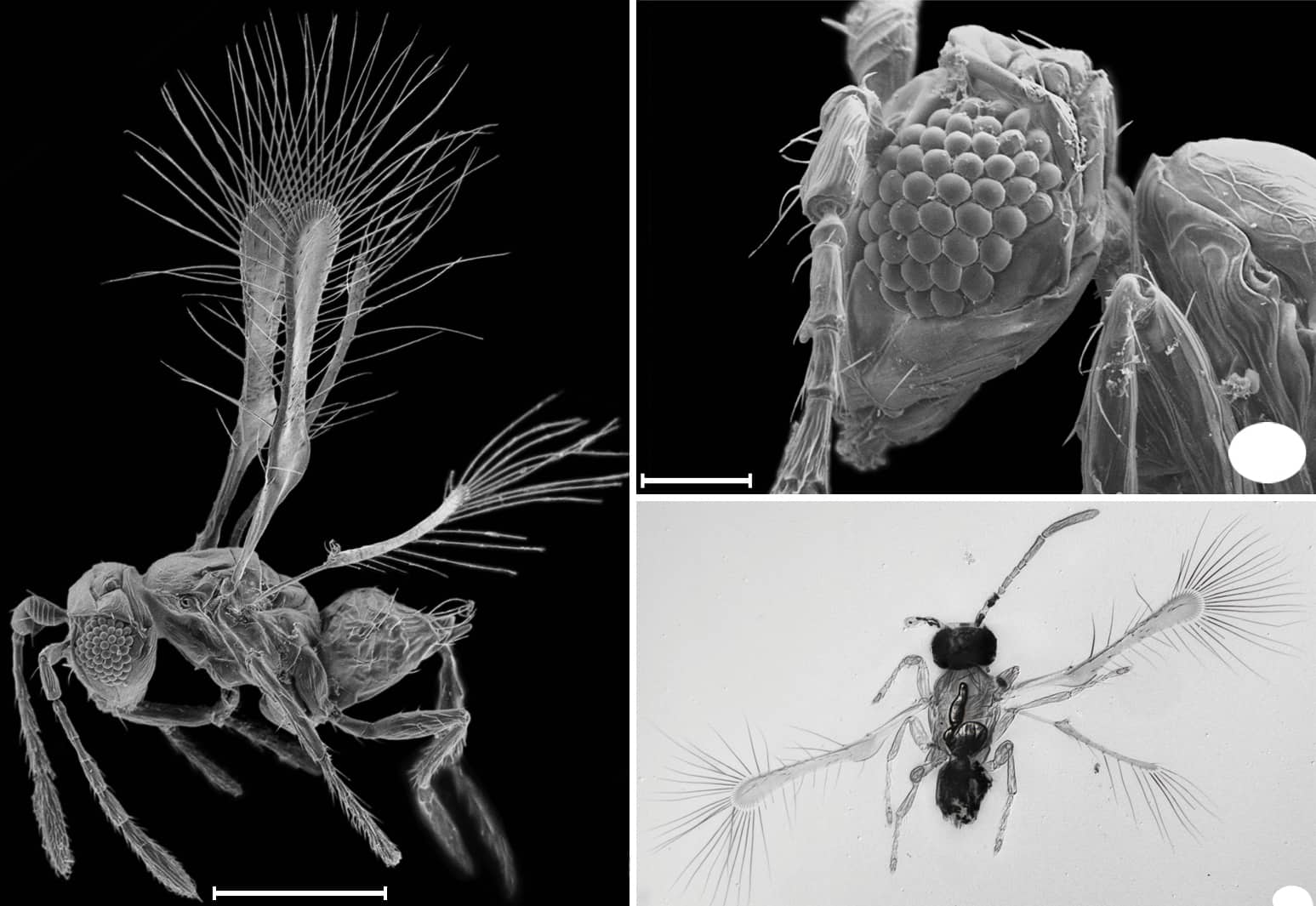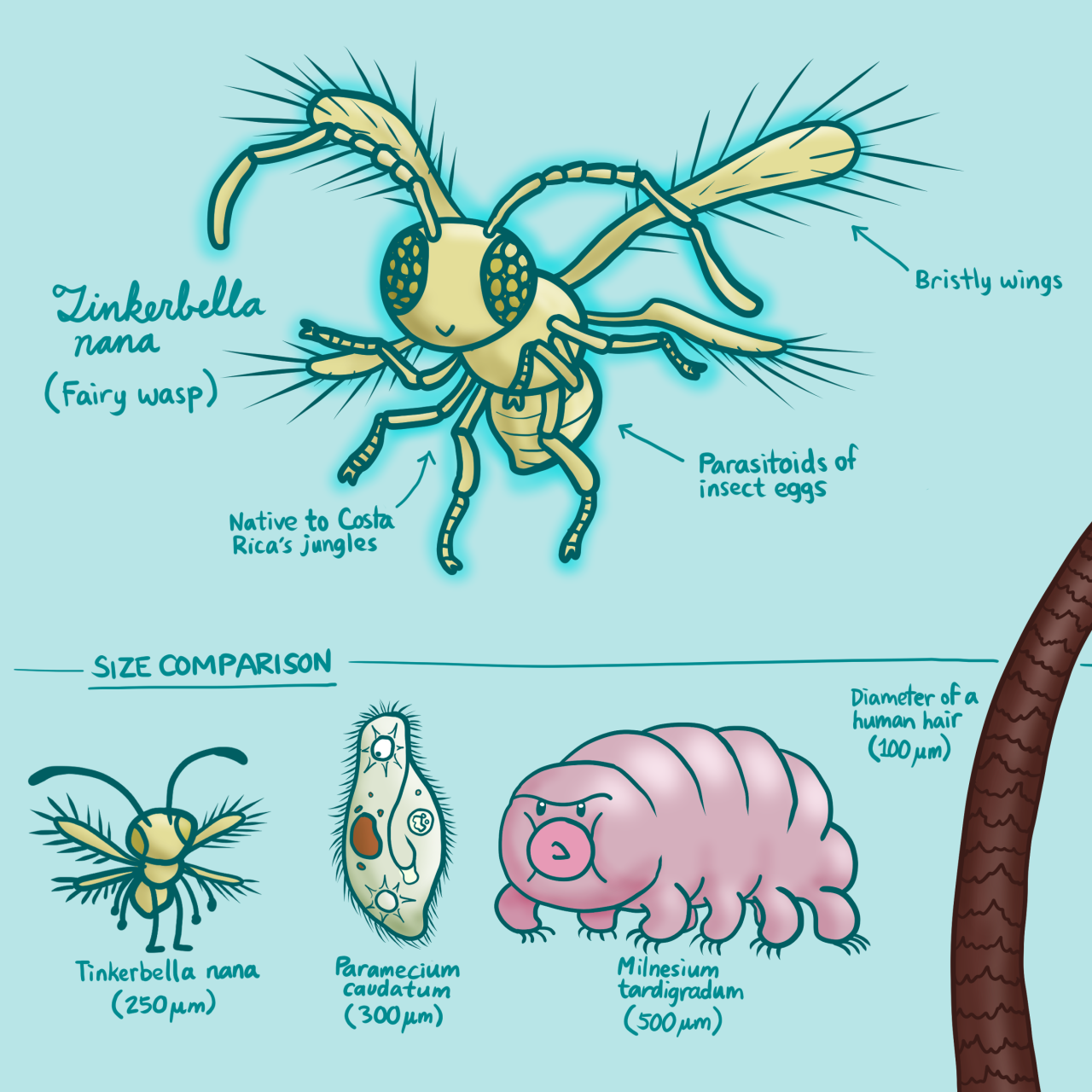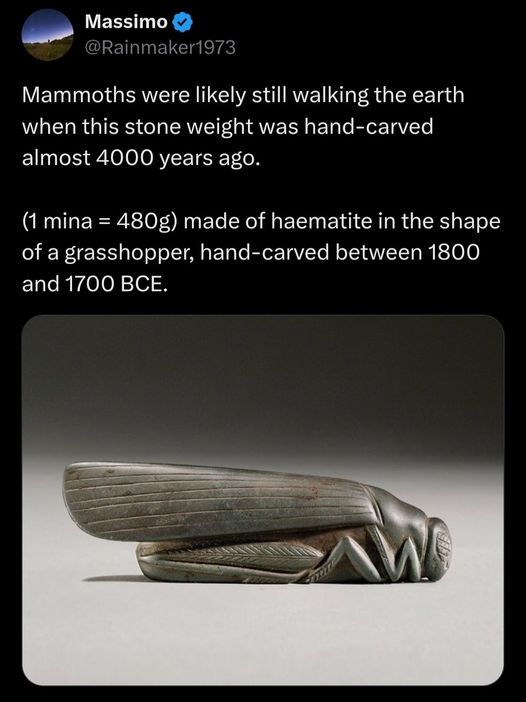Holy fuck this carving looks absolutely beautiful
Science Memes
Welcome to c/science_memes @ Mander.xyz!
A place for majestic STEMLORD peacocking, as well as memes about the realities of working in a lab.

Rules
- Don't throw mud. Behave like an intellectual and remember the human.
- Keep it rooted (on topic).
- No spam.
- Infographics welcome, get schooled.
This is a science community. We use the Dawkins definition of meme.
Research Committee
Other Mander Communities
Science and Research
Biology and Life Sciences
- [email protected]
- [email protected]
- [email protected]
- [email protected]
- [email protected]
- [email protected]
- [email protected]
- [email protected]
- [email protected]
- [email protected]
- [email protected]
- [email protected]
- [email protected]
- [email protected]
- [email protected]
- [email protected]
- [email protected]
- [email protected]
- [email protected]
- [email protected]
- [email protected]
- [email protected]
- [email protected]
- [email protected]
- !reptiles and [email protected]
Physical Sciences
- [email protected]
- [email protected]
- [email protected]
- [email protected]
- [email protected]
- [email protected]
- [email protected]
- [email protected]
- [email protected]
Humanities and Social Sciences
Practical and Applied Sciences
- !exercise-and [email protected]
- [email protected]
- !self [email protected]
- [email protected]
- [email protected]
- [email protected]
Memes
Miscellaneous
You too, huh? Something about it speaks to me. The simplicity, clean lines, dunno?
I think it’s something about the skill needed to make this and the fact that no machines were involved. It’s quite something though.
Modernist art deco, like it was made in the 1930s
What's the meme here
That the Sumerian’s will use anything but metric.
If I remember correctly, Homo sapiens sapiens was not only coetaneous with Mammoths, but we are widely considered to be one, if not the main cause of their extintion.
Also constructions like Gobekli tepe, with it's carvings and decorations, predate the extintion of Mammoths by something like 6000 years.
I... am so disappointed this didn't go where, for a split second, my brain thought it was going.
Homo sapiens sapiens was not only coetaneous with Mammoths, but we are widely considered to be one
Chickens are dinosaurs - and humans are mammoths!!
Birds are dinosaurs. Humans are not mammoths
Don't tell me what I am and am not
birds are the continuation of the theropod dinosaur lineage.
humans are the continuation of the early synapsid lineage also present at the time (which later gave rise to the early mammal progenitor).
when people say birds are dinosaurs they mean the lineage didn't branch as much as it did for humans, which I think is more survivorship bias than anything.
People say birds are dinosaurs because every living thing is in every clade of it's ancestors which means they are dinosaurs. They're also a lot of other things from all of the other clades so they're not saying that birds are just dinosaurs, but that they are part of Dinosauria and every other clade of their ancestors and so too will all of their descendants be.
Yes, one could say birds have skeletons in the same manner. I guess I'm just trying to understand what the opposing position before was the great revelation birds are dinosaurs was uttered. I'm perpetually confused by this expression.
Just using some tiny mammoth population on an isolated island in Siberia to state "MAMMOTHS WERE STILL ROAMING THE EARTH WHEN BLAH BLAH BLAH" is somewhat disingenuous.
Is it a lie though?
Roaming the earth means roaming all - or at least a very significant portion of - the earth, not some very isolated region. So I would say yes - if some tiny population of mammoths was still alive in some limited area at this time, they were not 'roaming the earth'.
Also pretending that 4000 years ago humans were still hunter gatherers or something (it's kind of implied in the wording imo). 4000 years ago there were plenty of fairly developed civilisations around.
Weren't there like full blown civilizations at that point? Kinda weird to refer to mammoths as if it were some stone age prehistoric period and be surprised that someone could craft something like this then lol
I think the pyramids at Giza were a few millennia old at that point eh?
Not millennia, but several centuries.
That is a locust.
Locusts ARE grasshoppers. If enough grasshoppers group up in the same area they literally become locusts and fuck everything up.
Maybe, but a locus is a type of grasshopper.
grasshopper are light thin and green. that is easily double the mass, chonky, and looks like it's ready swarm downtown LAPD
Hematite = best tite
The eyes don't make sense to me. How did they know to use this pattern? Are there some really big grasshoppers out there?
No doubt there are insects big enough to be able to see the patterns on the eyes without magnification.
- Exactly this. Just eyesight & time.
- Not to mention that some insects even have a bit of contrast between the lenses so it's easier to understand they are compounded.
- And additionally due to individual lenses compounded eyes arent smooth - by reflecting light at different angles you can make the "bumps" obvious.
- Also if there is like a water droplet on grasshoppers eyes you can clearly see it's surface structure. Just like you can see individual pixels on your (high dpi phone?) screen the same way.
Tho I bet they didn't study this ones eyes:



It's called a fairy wasp (wiki/Megaphragma_mymaripenne) and it's only the third smallest insect known.

I'm sure they had plenty of experience with bugs in their environment, both alive and dead. I'm sure you can see the eyes pretty well close up.
